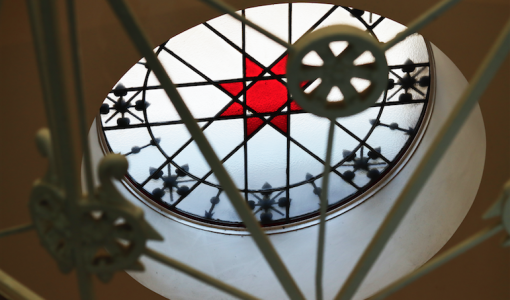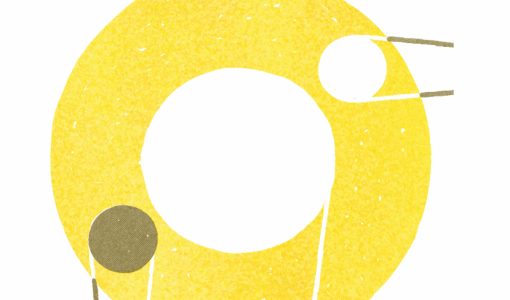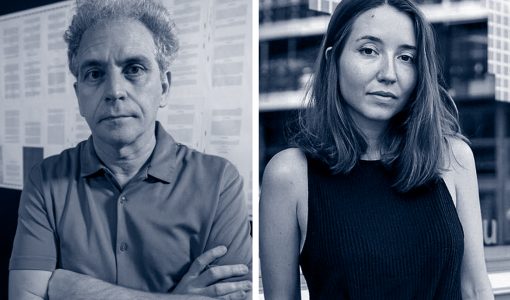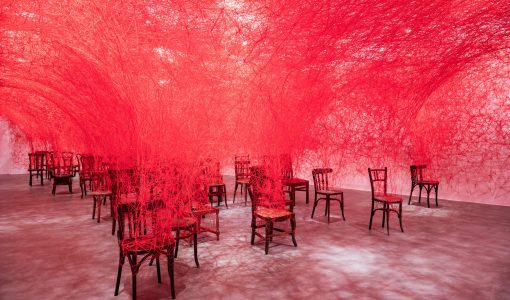
Jana Sterbak. Velleitas
Home
›
Exhibitions
›
Jana Sterbak. Velleitas
Velleitas is a journey through the work of Jana Sterbak, highlighting her role in the world of contemporary art.
Jana Sterbak’s point of departure is the body. Our bodies are our existence, our sole reality. They enable us to recognize our own essence and see ourselves in the context of the world. This self-awareness governs Sterbak’s work. The materials she uses and the objects she produces are intimately involved with the human form. Models of body parts, garments fahioned of flesh, a variety of cages and other restraining devices all hint at meanings that involve the body, its limitations and the ephemeral nature of physical existence. Golem: Objects as Sensations (1979-1982) is an installation that incorporates a series of organic forms in lead, bronze, iron and rubber representing hearts, stomachs, tongues, livers, etc. – a symbol of fleshly vulnerability and a reminder that our bodies are subjected to an ineluctable process of degeneration.
Because the body is indeed ephemeral, with both physical and metaphysical limitations. Just as man has tried to use magic, science, technology and art itself in an attempt to transcend nature’s restrictions on the human body, so Jana Sterbak devises creative strategies to counteract its physical limitations.
Among these strategies are the garments she produces. She shapes them as bodies, bodies to be lived in, dreamed-of alter egos, immortal bodies. The garments represent the artist herself and her desires. They are intended to go beyond the limits of the body itself, a body that prevents her from doing and being what she wants; a body, in short, that is headed towards death. Remote Control II (1989) is at once a garment and a machine: a modern automaton that creates an illusion of total independence. It embodies the dream of a machine that renders the human body complete and perfect, freeing it from the limitations of physical weakness. Nevertheless, it is immediately obvious that this freedom is fictitious, a figment of the imagination.
Moreover, Sterbak’s concept of the body must be seen within a broader framework that is linked to the way we live and relate to society. Our experience of the body involves its projection into space and, in this sense, all of Sterbak’s work can be said to be truly architectonic. The architecture is a container: within it the body undergoes a full range of life experiences. The conceptual project House of Pain: A Relationship (1987) is a good example of Jana Sterbak’s approach to space.
Sterbak shapes objects and spaces, both mental and physical, where the viewer’s experience is of the utmost importance. Her objects are almost always articles for use, be it real or make-believe (dresses, crowns, perfumes, pieces of furniture). And video naturally plays an important role in her performance art, not only documenting the pieces exhibited but also revealing the personal experiences they embody.
Sterbak’s work is consistently ambiguous and contradictory, evoking the close links between attraction and aversion, pain and desire, masculine and feminine. The Seduction Couch (1986-1987) invites the viewer to take a seat and then jolts him with an electric shock. Perspiration: Olfactory Portrait (1995) is a perfume whose basic ingredient is the sweat of the artist’s lover and Hairshirt (1992) is a woman’s garment adorned with male hairs at chest level.
Dates
06.10.1995 – 10.12.1995
Curator
Corinne Diserens.
Artist
Jana Sterbak.
Touring
23/6/1995 – 17/9/1995, Musée d’Art Moderne, Saint-Étienne.
6/10/1995 – 10/12/1995, Fundació Antoni Tàpies, Barcelona.
17/1/1996 – 3/3/1996, Serpentine Gallery, London.














